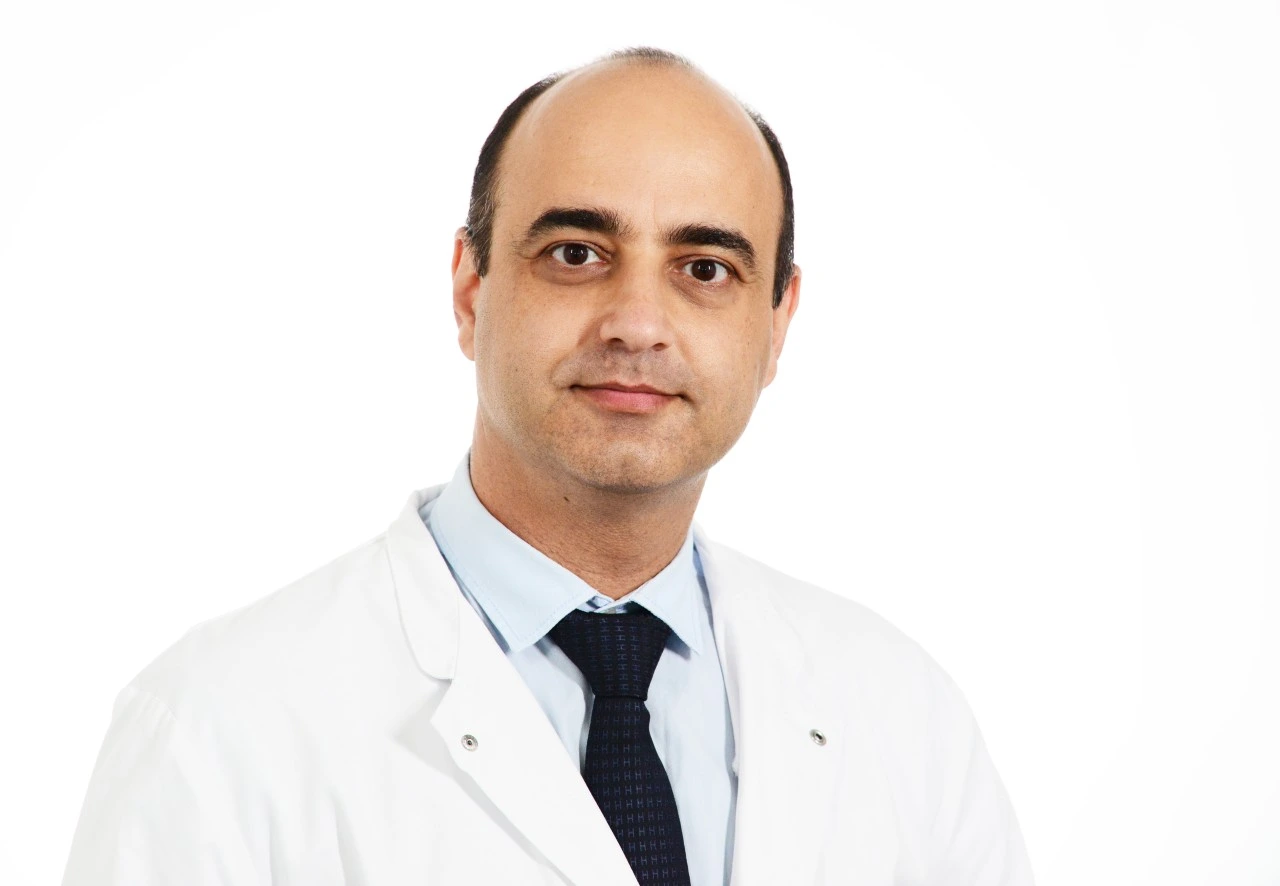Importance of understanding conjunctivitis
Conjunctivitis is a widespread eye condition affecting people of all ages, necessitating awareness for early detection and appropriate treatment. Awareness about its contagious nature helps prevent its spread, particularly in schools, workplaces, and other communal settings. Different forms of conjunctivitis exist, such as viral, bacterial, and allergic, requiring distinct treatments. Understanding the cause is vital for effective management.
Recognizing symptoms like redness, itching, discharge, and tearing assists in differentiating conjunctivitis from other eye conditions, facilitating prompt intervention. Knowledge about conjunctivitis aids in preventing outbreaks and public health concerns, particularly in densely populated areas. Proper hygiene practices like handwashing and avoiding eye contact can minimize the risk of infection transmission. Understanding when to seek medical attention ensures timely treatment, reducing discomfort and the potential for complications. Left untreated, conjunctivitis can lead to severe eye complications, including corneal damage, which might result in vision impairment. Educating caregivers about conjunctivitis safeguards vulnerable groups such as infants, elderly individuals, and those with compromised immune systems.
See More




